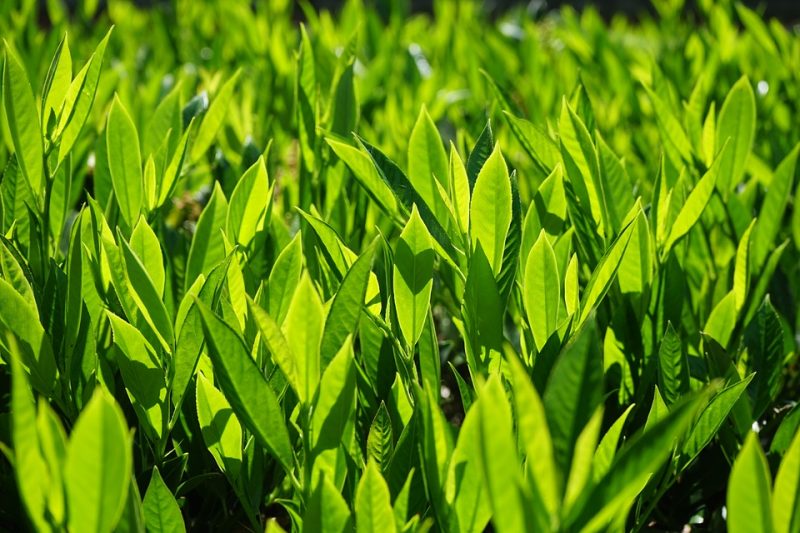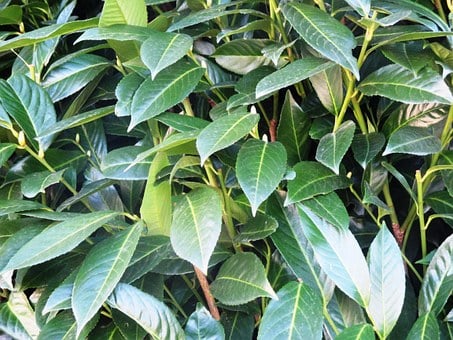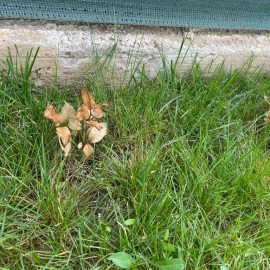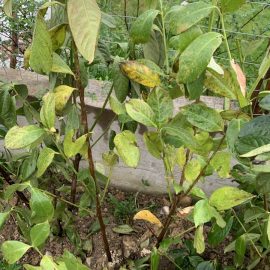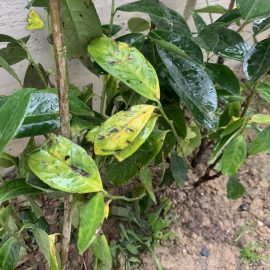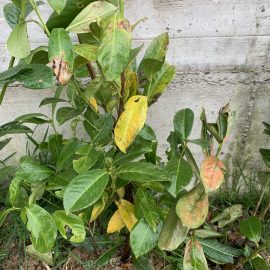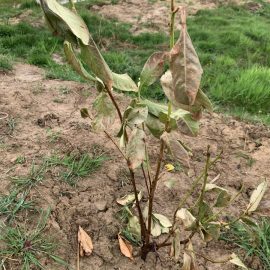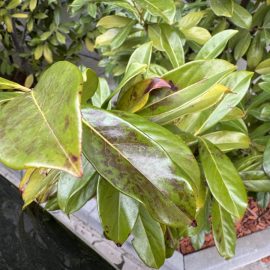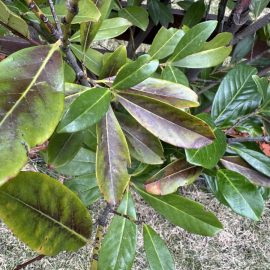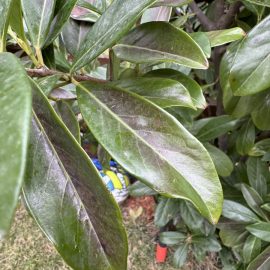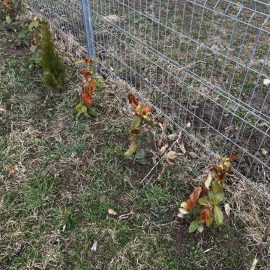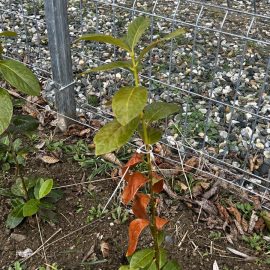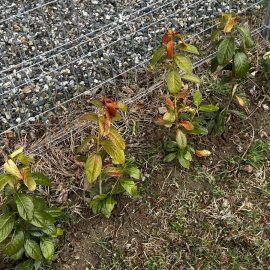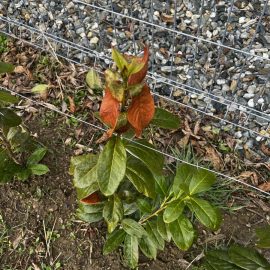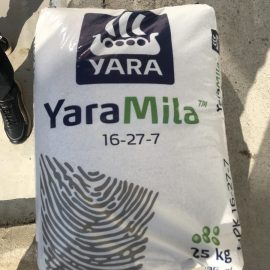Cherry laurel, planting guide and care work
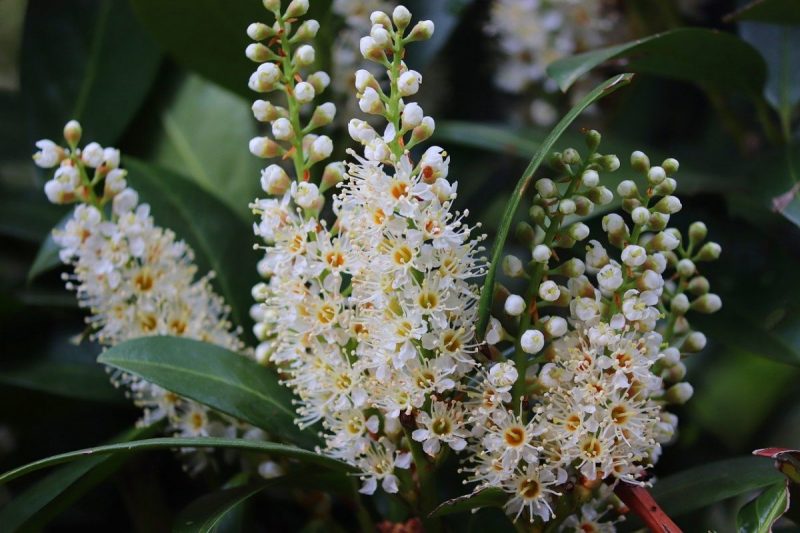
Cherry laurel (Prunus laurocerasus) is a species native to the southern region of Europe and Asia, appreciated and cultivated for ornamental purposes in many regions of the globe. It belongs to the order Rosales, family Rosaceae, genus Prunus. Its ornamental value is due to the vigorous appearance, the persistent and shiny leaves, the white flowers, respectively the decorative round fruits. It has become a popular species due to its adaptability to pruning, which makes it suitable for hedges.
Cherry laurel is a shrub species with heights of 1-3 m, rarely up to 8 m. The diameter of the crown is usually large, giving the appearance of a rounded bush. It has large leaves (5-15 cm long), persistent, leathery, thick, elliptical in shape, intense green and shiny. The flowers that form in April-May, are small, white, clustered in elongated, straight, upwards-oriented racemes. The fruits are globular, shiny, at first reddish, then black.
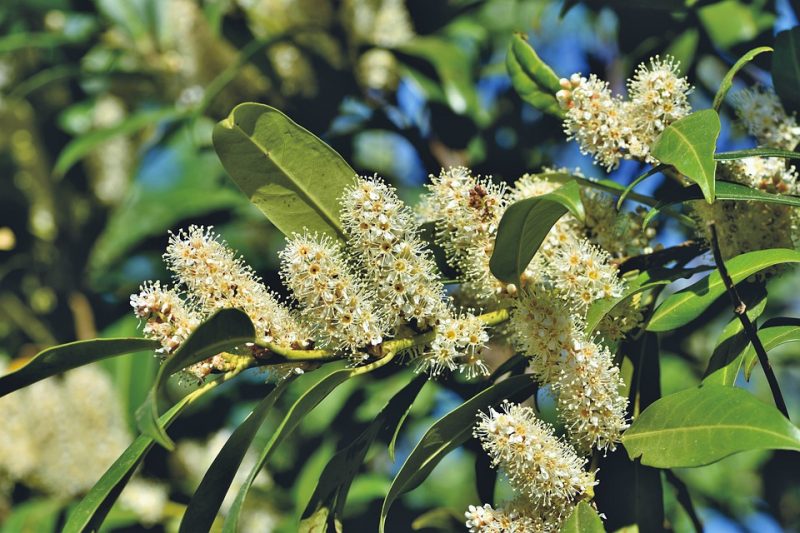
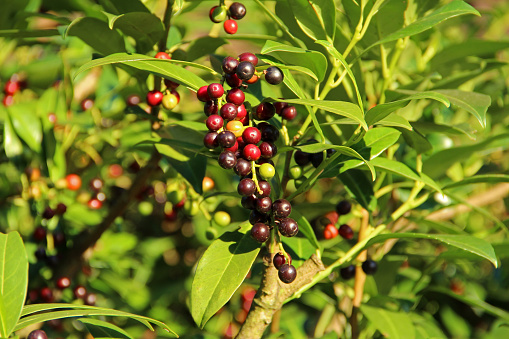
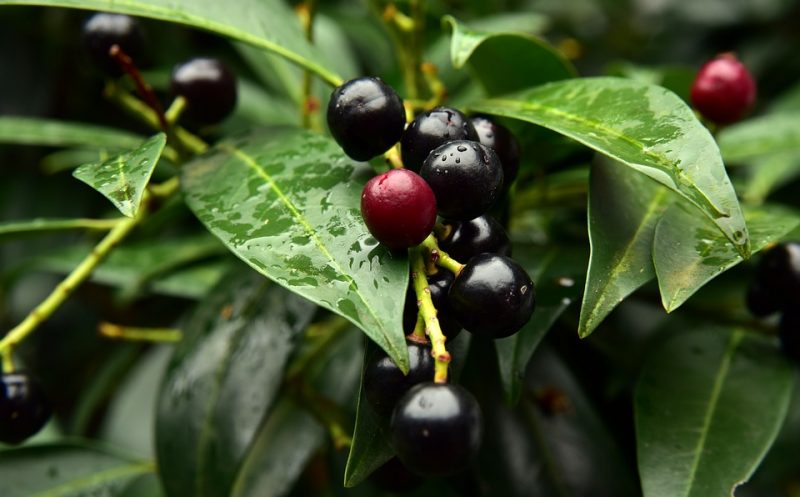
Cultivars:
- Prunus laurocerasus ‘Rotundifolia’ – with wider leaves;
- Prunus laurocerasus ‘Caucasica’ – shrub with heights of 4-5 m, with straight, upwards-oriented branches;
- Prunus laurocerasus ‘Otto Luyken’ – shrub with smaller dimensions, up to 1 m tall;
- Prunus laurocerasus ‘Zabeliana’ – resistant to low temperatures, etc.
Environmental conditions
Light. It vegetates well in full sunlight or partial shade. It can withstand shaded conditions.
Temperature. It is a species that can withstand temperatures of -20 ℃ or even less. It is not recommended to cultivate cherry laurels in regions exposed to severe frost.
Soil. The cherry laurel grows satisfactorily on most soil types. However, for a rich and healthy appearance, the soil must be well drained and supplied with mineral substances.
Care
Watering. Occasional watering of the cherry laurel during the vegetative growth period is recommended, especially in the first year after planting. At maturity, it becomes resistant to soil drought.
Fertilization. To maintain a vigorous and dense foliage, it is recommended to apply specific fertilizers during the vegetative growth season.
Recommended products
-
You can find products on a different store
Change Store -
You can find products on a different store
Change Store -
You can find products on a different store
Change Store -
You can find products on a different store
Change Store -
You can find products on a different store
Change Store -
You can find products on a different store
Change Store -
You can find products on a different store
Change Store -
You can find products on a different store
Change Store -
You can find products on a different store
Change Store -
You can find products on a different store
Change Store -
You can find products on a different store
Change Store -
You can find products on a different store
Change Store -
You can find products on a different store
Change Store -
You can find products on a different store
Change Store -
You can find products on a different store
Change Store -
You can find products on a different store
Change Store -
You can find products on a different store
Change Store -
You can find products on a different store
Change Store -
You can find products on a different store
Change Store -
You can find products on a different store
Change Store -
You can find products on a different store
Change Store -
You can find products on a different store
Change Store -
You can find products on a different store
Change Store -
You can find products on a different store
Change Store
Pruning. Cherry laurel tolerates shape correction cuts well and regenerates quickly after these interventions. They can be done both during the vegetative growth season and outside it, in autumn or early spring.
Recommended products
-
You can find products on a different store
Change Store -
You can find products on a different store
Change Store -
You can find products on a different store
Change Store -
You can find products on a different store
Change Store -
You can find products on a different store
Change Store -
You can find products on a different store
Change Store -
You can find products on a different store
Change Store -
You can find products on a different store
Change Store -
You can find products on a different store
Change Store -
You can find products on a different store
Change Store -
You can find products on a different store
Change Store -
You can find products on a different store
Change Store -
You can find products on a different store
Change Store -
You can find products on a different store
Change Store -
You can find products on a different store
Change Store -
You can find products on a different store
Change Store -
You can find products on a different store
Change Store -
You can find products on a different store
Change Store -
You can find products on a different store
Change Store -
You can find products on a different store
Change Store -
You can find products on a different store
Change Store -
You can find products on a different store
Change Store -
You can find products on a different store
Change Store -
You can find products on a different store
Change Store
Planting. It is recommended to be done in autumn, after entering the dormancy period, or in spring, before restarting the vegetative growth period. The soil should not be frozen at the time of planting. Plants with a bundle of soil at the root are usually better adapted to transplanting than plants with free roots.
Recommended products
-
You can find products on a different store
Change Store -
You can find products on a different store
Change Store -
You can find products on a different store
Change Store -
You can find products on a different store
Change Store -
You can find products on a different store
Change Store -
You can find products on a different store
Change Store -
You can find products on a different store
Change Store -
You can find products on a different store
Change Store -
You can find products on a different store
Change Store -
You can find products on a different store
Change Store -
You can find products on a different store
Change Store -
You can find products on a different store
Change Store -
You can find products on a different store
Change Store -
You can find products on a different store
Change Store -
You can find products on a different store
Change Store -
You can find products on a different store
Change Store -
You can find products on a different store
Change Store -
You can find products on a different store
Change Store -
You can find products on a different store
Change Store -
You can find products on a different store
Change Store -
You can find products on a different store
Change Store -
You can find products on a different store
Change Store -
You can find products on a different store
Change Store -
You can find products on a different store
Change Store
Propagation. In the case of cherry laurels, the most suitable method (and most frequently used) of propagation is vegetative propagation by cuttings. In July-August, partially lignified summer cuttings are procured, which are rooted in a substrate specially prepared for propagation.
Recommended products
-
You can find products on a different store
Change Store -
You can find products on a different store
Change Store -
You can find products on a different store
Change Store -
You can find products on a different store
Change Store -
You can find products on a different store
Change Store -
You can find products on a different store
Change Store -
You can find products on a different store
Change Store -
You can find products on a different store
Change Store -
You can find products on a different store
Change Store -
You can find products on a different store
Change Store -
You can find products on a different store
Change Store -
You can find products on a different store
Change Store -
You can find products on a different store
Change Store -
You can find products on a different store
Change Store -
You can find products on a different store
Change Store -
You can find products on a different store
Change Store -
You can find products on a different store
Change Store -
You can find products on a different store
Change Store -
You can find products on a different store
Change Store -
You can find products on a different store
Change Store -
You can find products on a different store
Change Store -
You can find products on a different store
Change Store -
You can find products on a different store
Change Store -
You can find products on a different store
Change Store
Diseases and pests. The cherry laurel can be affected by various pathogens, which cause diseases such as leaf spot, powdery mildew, silver leaf, etc. For prevention and control, it is recommended to carry out treatments with specific fungicides. Regarding the pests, attacks of aphids, thrips, cicadas, moths, and the caterpillars of different species of butterflies were found. It is recommended to carry out preventive and control treatments with specific insecticides.
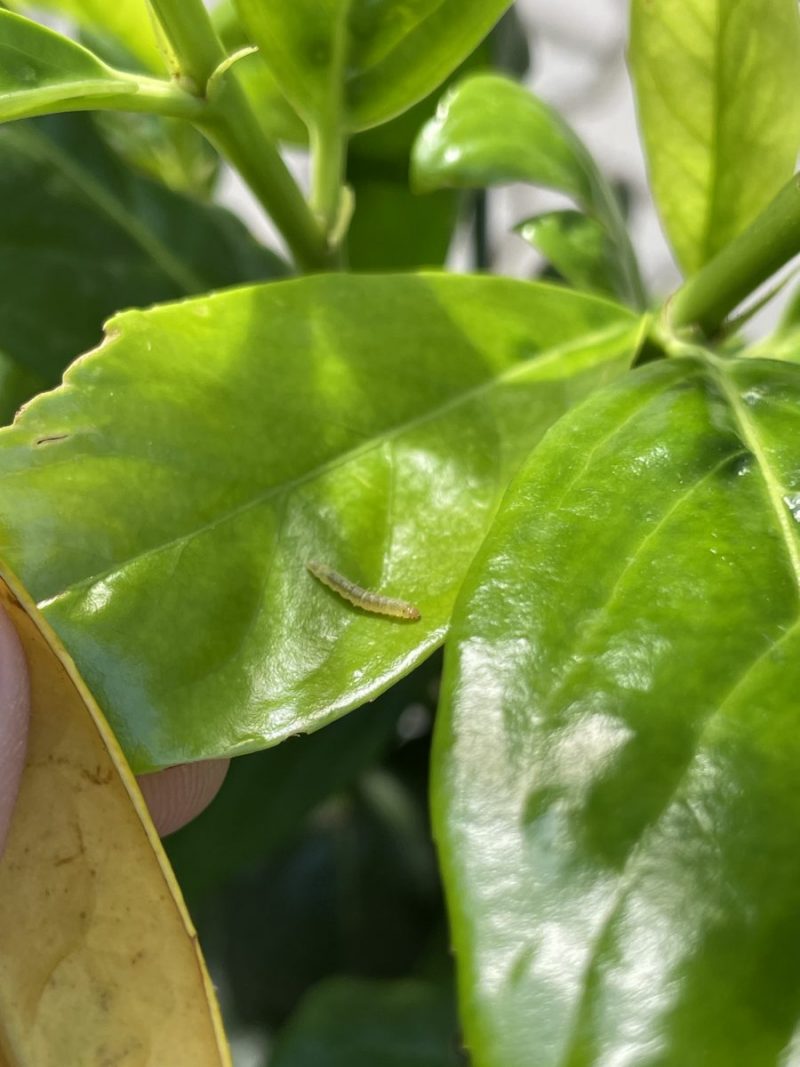
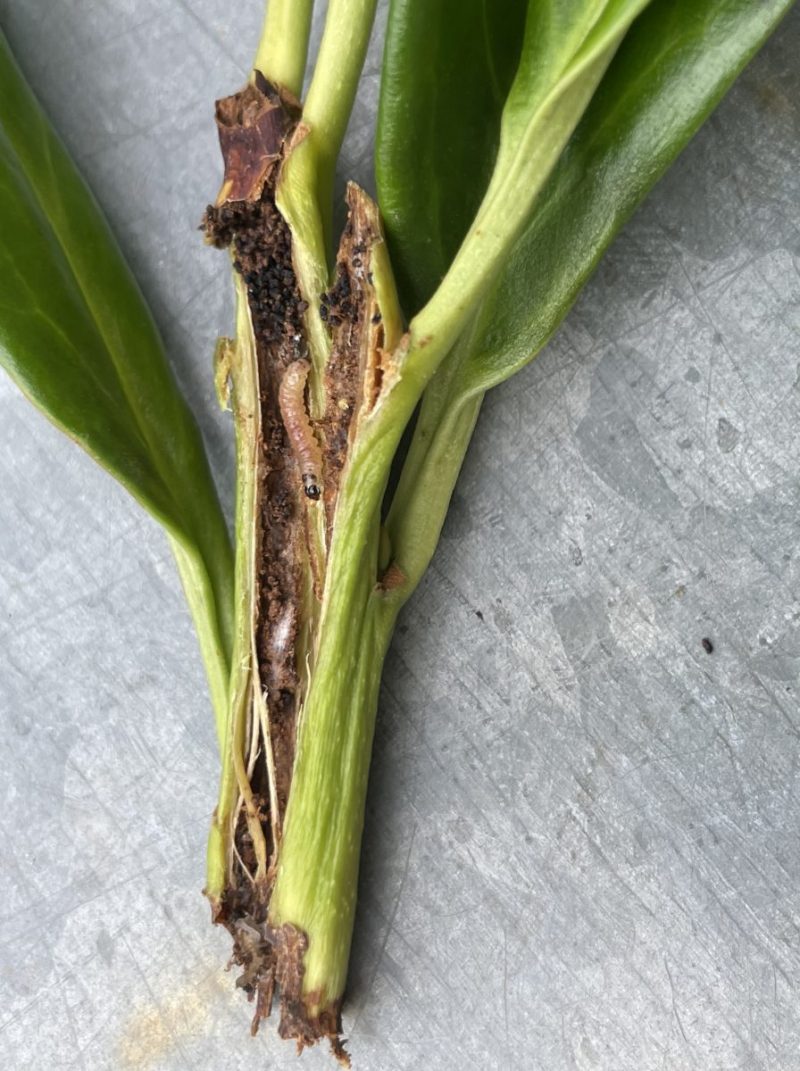
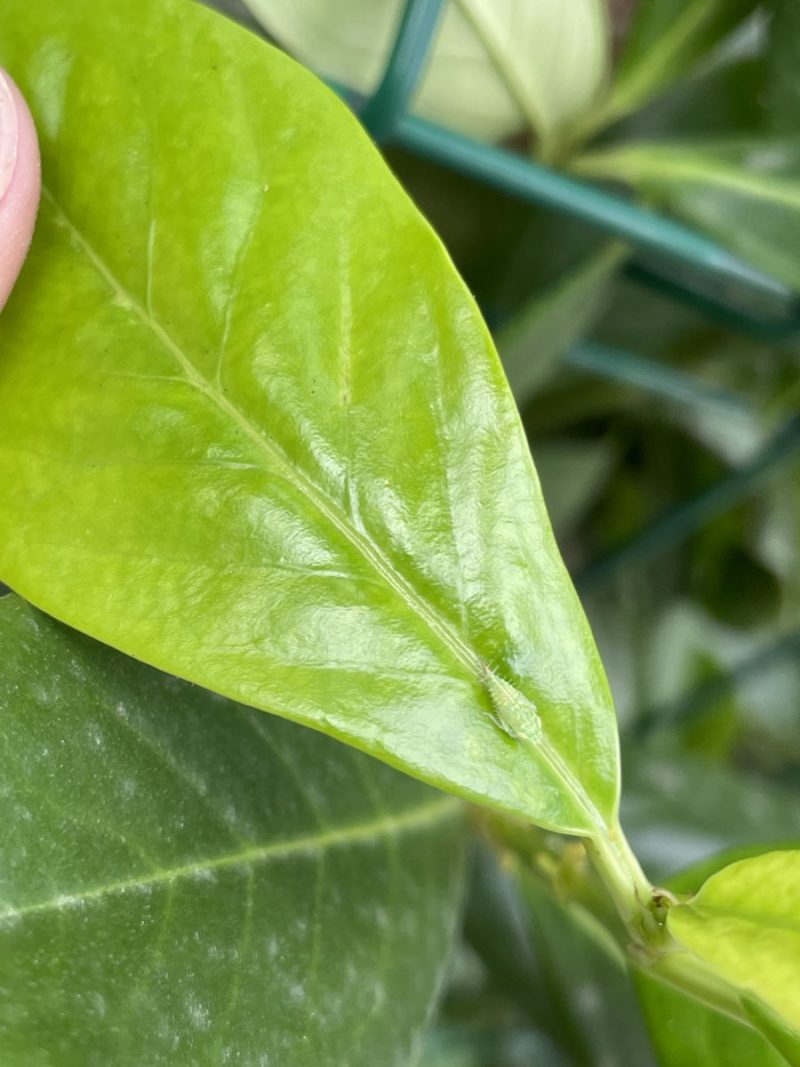
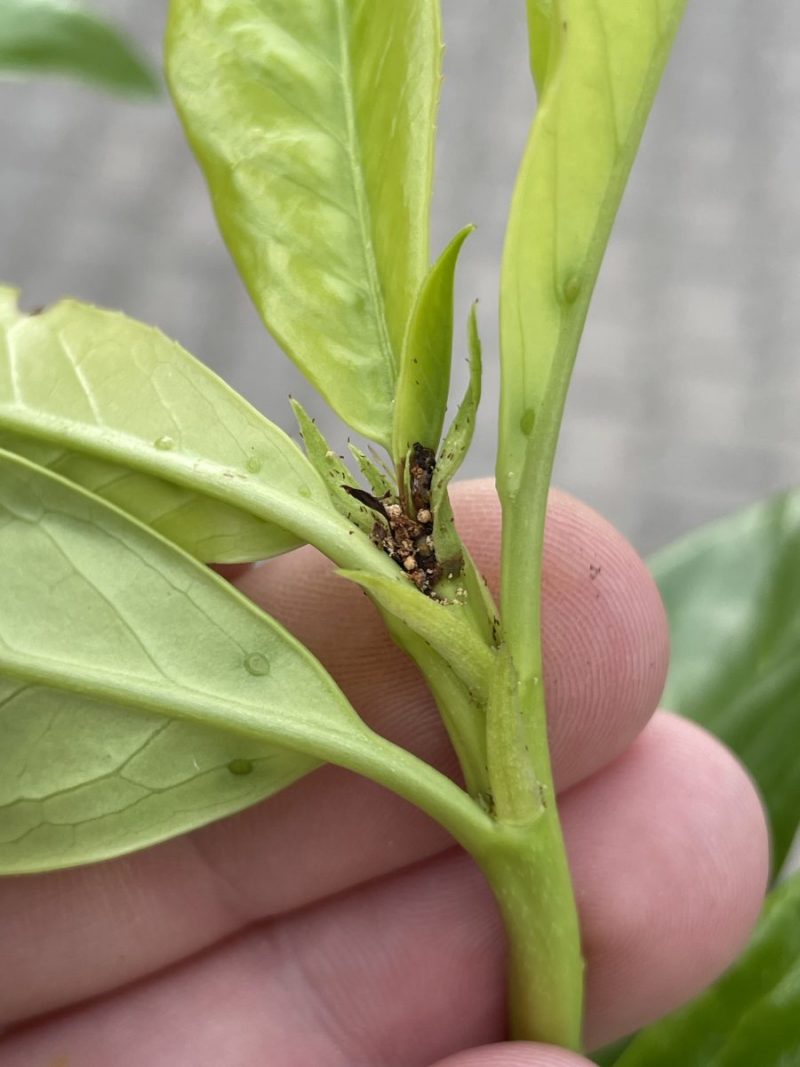
Also, in order to detect the presence of certain pests (mosquitoes, aphids, etc.) and to be able to apply a proper treatment, from the beginning of the attack, it is recommended to use monitoring traps.
Recommended products
-
You can find products on a different store
Change Store -
You can find products on a different store
Change Store -
You can find products on a different store
Change Store -
You can find products on a different store
Change Store -
You can find products on a different store
Change Store -
You can find products on a different store
Change Store -
You can find products on a different store
Change Store -
You can find products on a different store
Change Store -
You can find products on a different store
Change Store -
You can find products on a different store
Change Store -
You can find products on a different store
Change Store -
You can find products on a different store
Change Store -
You can find products on a different store
Change Store -
You can find products on a different store
Change Store -
You can find products on a different store
Change Store -
You can find products on a different store
Change Store -
You can find products on a different store
Change Store -
You can find products on a different store
Change Store -
You can find products on a different store
Change Store -
You can find products on a different store
Change Store -
You can find products on a different store
Change Store -
You can find products on a different store
Change Store -
You can find products on a different store
Change Store -
You can find products on a different store
Change Store
Additionally:
- Longevity of about 20 years;
- It can be grown for ornamental purposes in pots;
- The fruits and various different parts of the plant are toxic, so avoid swallowing them!














































































































































































































































































































































































































































